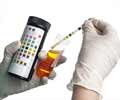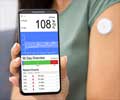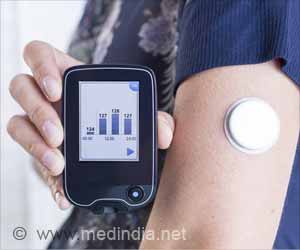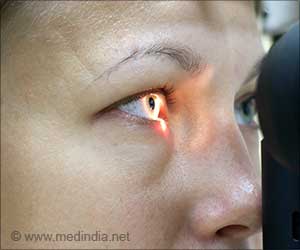
‘The device is under process and is designed with the sensor in such a way that a very small amount of sweat can spread evenly across its underside, making full contact with the integrated electrodes.’
Tweet it Now
The flexible device incorporates stacked metal/metal-oxide thin films within a porous polymer-based textile, and utilizes the same basic chemistry and enzymatic reaction found in blood glucose testing strips. Instead of being able to analyze a full drop of blood, the sensor will have to make do with the small amount of sweat that would be present on the skin underneath an adhesive patch, or perhaps beneath a health-tracking watch. To address this challenge, the scientists designed the sensor in such a way that a very small amount of sweat can spread evenly across its underside, making full contact with the integrated electrodes. Additionally, the surface topography of the polymer has been altered in such a way that it traps glucose oxidase molecules, essentially amplifying their signal.
The sensor also compensates for the fact that throughout the day, the chemical composition of a person's sweat can change. More specifically, the pH can go up or down, plus exercise or stress can cause increases in compounds such as cortisol and lactic acid.
Although the prototype has already been successfully tested on human sweat samples, a consumer version is likely still a few years away.
Source-Medindia















